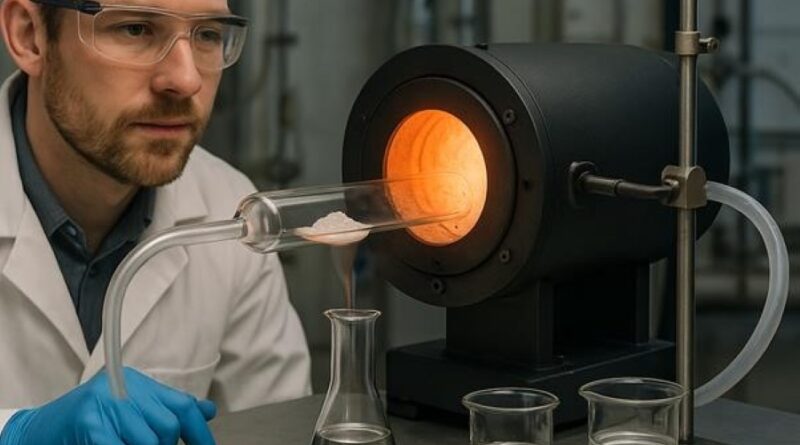Low carbon technology: Scientists smelt tin with hydrogen
Freiberg University in Germany has pioneered a new low carbon technology for smelting tin. The researchers used a ‘direct reduction’ process using hydrogen instead of carbon to reduce cassiterite to metallic tin.
Cassiterite (SnO2), the main tin ore, is typically processed with high-temperature reduction using carbon-based materials. The new approach offers an important potential for reduced carbon footprint, especially when the hydrogen used is produced using renewable energy sources.
The research team showed that using 3 g of hydrogen per 100 g of cassiterite concentrate at 1,300 °C produces tin metal with over 99% purity.
During the reduction process a slag phase also formed which contained impurities including around 13% tin as SnO. The tin was successfully leached and recovered using chemical leaching.
This work mirrors recent industrial deployments of hydrogen-based direct reduction technology in the steel industry include major projects in China, India, and Europe, with plants such as HBIS’s 1.2-million-ton facility and JSW Energy’s upcoming green hydrogen plant set to supply steelmakers at scale, with up to 70% reduction in carbon emissions.
This innovation is an important step forward in the development of low-carbon technologies for tin and should stimulate further work to explore the technology.
For the latest updates on innovative tin extraction techniques and other advancements in the field, visit Tin Valley, where a growing community of scientists and experts are showcasing their work and discussing the future of tin.




